C-PACE in NYC: Will the Program Finally Take Off?
Slow to progress, C-PACE recently got an upgrade in the Big Apple. Experts weigh in on the latest.
While C-PACE is gaining momentum across the U.S.—with more than 20 states adding or expanding their programs over the past year—the financing tool has seen little activity in New York City since its launch in 2021. Industry professionals attribute this slowness to a series of legislative deficiencies, which made it impractical even for the most common new construction and renovation projects.
Until a few months ago, C-PACE in NYC was limited to financing just qualifying retrofits of existing buildings. Investors found it difficult to use due to high barriers to entry and excessive qualification standards. This, combined with elevated program costs and onerous requirements—and especially during the years of low interest rates—pushed borrowers toward other, more attractive alternatives for financing, recalls Cliff Majersik, senior advisor at the Institute for Market Transformation.
READ ALSO: Why C-PACE Lenders Remain Resolute
“C-PACE was a financing option of last resort for energy upgrade projects under $10 million in NYC,” confirmed Lucas Nagy, vice president of structure finance at EcoSmart Solution, Taurus Investment Holdings’ energy platform.
Simply put, C-PACE’s improvement in borrowing rate over conventional equipment financing was not worth the additional upfront costs and administrative headaches for most property owners in NYC. Additionally, Freddie and Fannie were not providing lender consent to C-PACE, so even if a multifamily property owner wanted to use C-PACE, their lender would not allow it, Nagy pointed out.
New parameters for C-PACE in NYC
In late 2024, C-PACE in NYC was amended to include new construction projects and the maximum loan term was increased to 30 years. This lengthy procedure took note of the city’s local PACE law, and involved a NYC administrative rulemaking process and revised guidance from the New York State Energy Research and Development Authority. The passage of the NYC “gas ban bill” in 2021 also impacted the framework, noted Curtis Probst, president of New York City Energy Efficiency Corp., a nonprofit that also serves as administrator for NYC’s C-PACE program.
Following the introduction of the new guidelines, the market appears to be in for a green surprise, as funding for new construction is the most common application for C-PACE financing around the country, according to Michael Doty, senior director of originations at Nuveen Green Capital, a company that surpassed $3 billion in C-PACE originations last year alone.
New construction projects in NYC are now PACE-eligible and automatically qualify for funding equal to 30 percent of hard costs, provided that the building is designed following a suite of energy efficiency measures considered best practice for new buildings today, including all-electric, clarified Jacob Roth, vice president of project underwriting and C-PACE Programs at PACE Loan Group.
In addition, new construction projects that comply with an electrification requirement are exempt from the cost-benefit-ratio calculation. “Since the NYC C-PACE program contains the ‘all-electric’ requirement for new construction projects, there is no CBR requirement for new construction projects,” said Probst.
Retrofit programs were also expanded last year to include an updated list of prequalified improvements, making C-PACE requirements less stringent for users. The new guidelines exempt retrofit projects of low-carbon buildings, which must not use fossil fuels for any major building system. “Buildings eligible for C-PACE will have the lowest possible carbon impact throughout their life,” noted Doty.
C-PACE in NYC projects
111 Wall Street
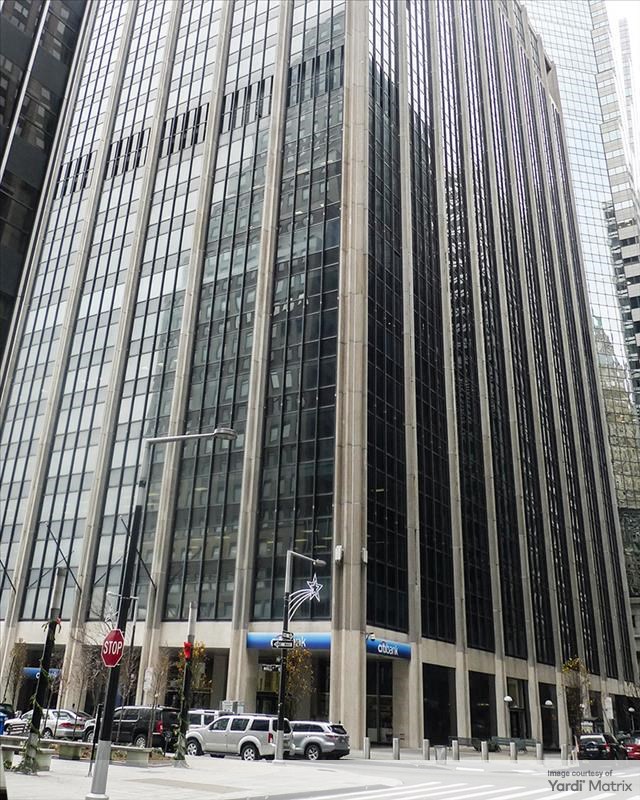
Just a handful of projects in NYC used C-PACE since its launch four years ago. But it started loud, with an $89 million C-PACE transaction in 2021, issued by Petros PACE Finance for 111 Wall Street, a 25-story building in Manhattan’s Financial District. At that time, it was also the largest single C-PACE transaction ever closed in the U.S.
The PACE financing was part of a $500 million acquisition and reposition financing closed by the building’s joint venture partners, Wafra Capital Partners and Nightingale Properties.
The planned PACE-eligible renovations at the 1.2 million-square-foot tower included a full upgrade to the building’s facade and a complete remake of the HVAC air conditioning and MEP systems, as well as fully redundant power systems.
730 Third Avenue
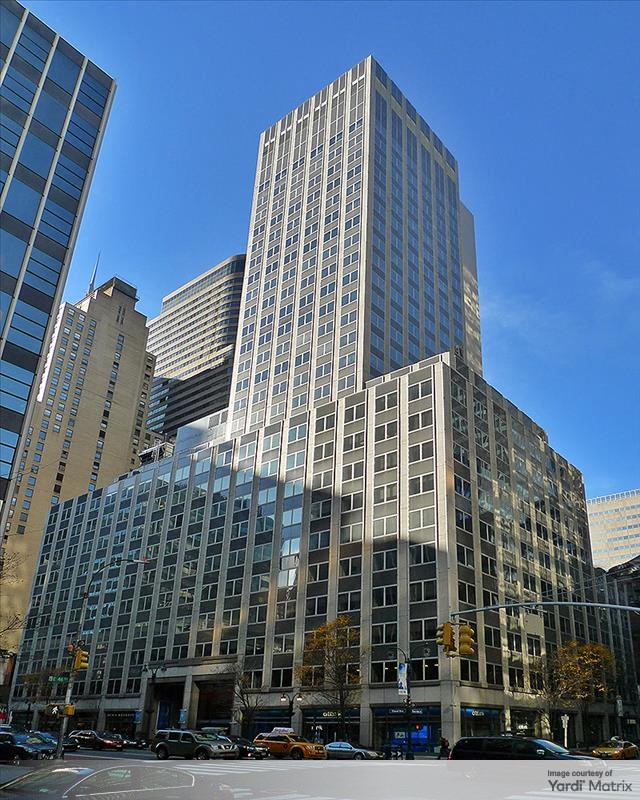
Another prominent project that used C-PACE financing was TIAA’s 730 Third Avenue, Nuveen’s NYC headquarters in Midtown Manhattan. In the fall of 2021, Greenworks Lending (now Nuveen Green Capital) provided $28 million C-PACE financing with a 25-year financing term, backing a $120 million renovation plan.
The C-PACE amount was used for multiple energy efficiency measures, including lighting, roof insulation and replacement of all windows with smart windows that adjust to light automatically to help control the temperature inside the building.
The C-PACE financed measures also helped reduce the property’s greenhouse gas emissions, supporting the building in averting nearly $100,000 in annual fines under the city’s Local Law 97 of the Climate Mobilization Act.
Brooklyn United Methodist Church Home
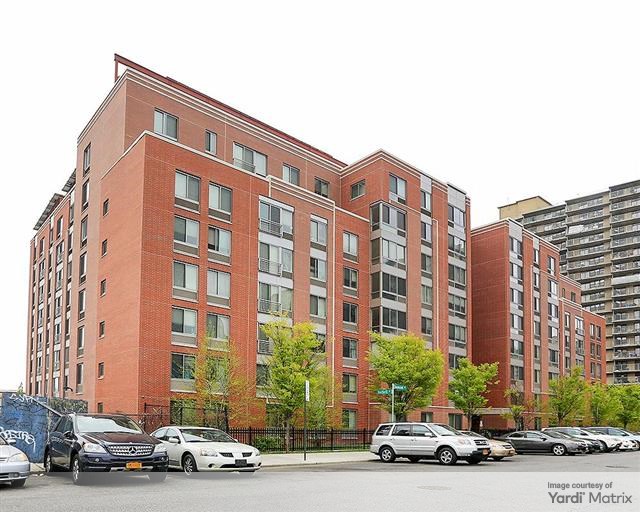
The Brooklyn United Methodist Church Home in Brooklyn has been operating for 150 years. Founded as an elderly housing community, it now serves as a skilled nursing facility with 120 beds. In 2023, the property was granted a $5 million C-PACE loan for energy improvements to ensure compliance with New York’s Building Performance Standards.
In this case, the developer sought retroactive refinancing for the installation of a combined heat and power system for the facility, and financing for further improvements including a new boiler, lighting system and air-handling units. These energy improvement measures funded by PACE Equity led to a reduction in carbon emissions by 265 metric tons per year, placing the property well below the 2024 emissions limit, and ensuring the building complies with Local Law 97.
Dutch Meadows
Also in 2023, PACE Equity issued a $2.7 million loan for the first new construction of a 104-unit multifamily project, in Schenectady, N.Y., dubbed Dutch Meadows. The developer leveraged low-cost and non-recourse funding from PACE Equity to improve the project’s IRR while developing an energy-efficient multifamily project.
What’s behind C-PACE deals?
The verve around sustainability, energy efficiency and green building begs the question: How much of C-PACE do investors need to fill their capital stacks, and how much is ESG-driven?
Overall, this financing tool is primarily being used to reduce reliance on more expensive sources of debt or equity, with some investors also seeing it as a tool to further ESG goals, said Roth. For developers who are undertaking the development of green buildings to fulfill ESG commitments, C-PACE acts as a built-in reward for those choices. For developers looking for creative ways to complete a capital stack, “C-PACE helps make good design, good business,” according to Doty.
The reality is that C-PACE is a valuable financing instrument that works well in certain instances depending on project characteristics, alternative sources of capital and market conditions, believes Probst. “While some investors are interested in the ESG aspects, to date, we have not seen ESG considerations driving transactions,” he added.
2025 expectations
This financing tool saw considerable growth during the high interest rates period. So with lower interest rates now and an updated requirements list, will C-PACE in NYC show growth or soften?
While we have seen the Fed cut rates a few times last year, we haven’t seen a corresponding decline in commercial real estate rates, Roth pointed out. But should we see this decline, C-PACE will continue to be attractive as investors look to capitalize on that momentum, he believes.
C-PACE financing volumes are partially a function of the absolute level of interest rates, and of equal or greater importance, is the relative attractiveness of C-PACE versus other financing sources. “While this relationship changes over time, we believe that increasing stakeholder familiarity with C-PACE, and the changes made to the NYC C-PACE program, will support broader adoption of PACE,” expects Probst.
C-PACE is an incredibly adaptable financing tool, Doty said, as it grew quickly and consistently throughout the country during a historically low-interest rate environment. While certainly the reduction in bank liquidity and rising interest rates drove C-PACE adoption in the last couple of years, growth is expected, even in a declining interest rate environment.
Nagy believes that sophisticated asset-backed securities investors understand the low, long-term risk that C-PACE provides relative to other real estate-secured debt instruments. The financing instrument is programmatically designed to fund low-risk energy improvements that, in turn, yield increases in property operating income. Securing C-PACE financing means getting stabilization-priced debt before the property has stabilized or restabilized.

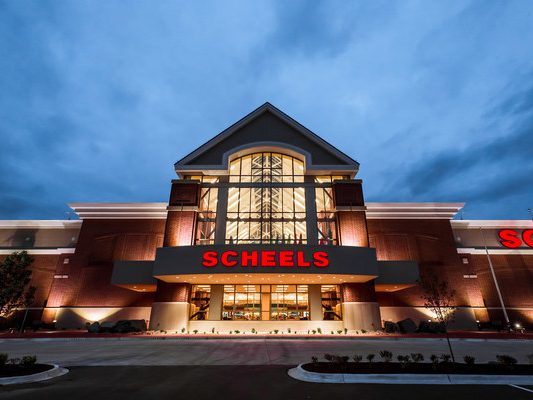
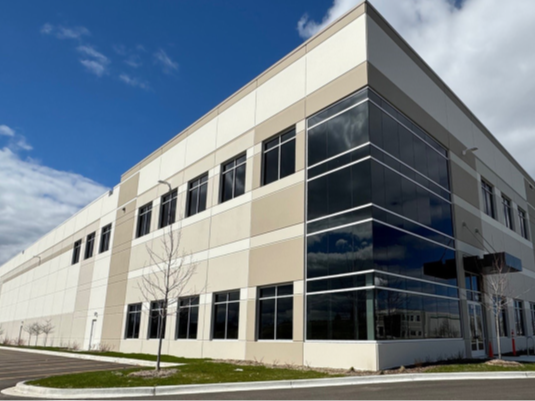

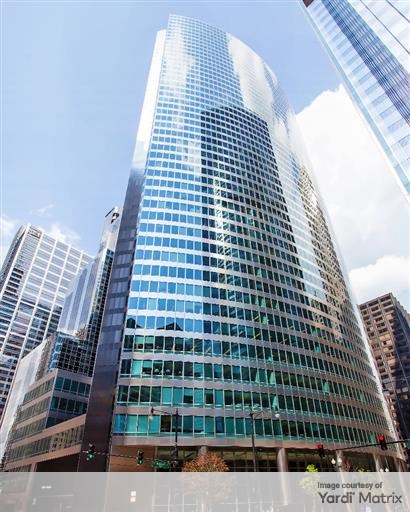
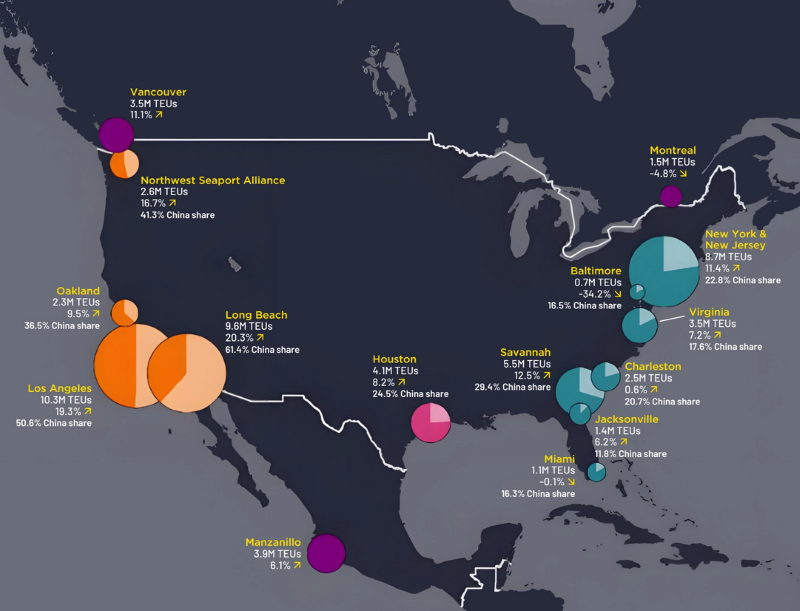
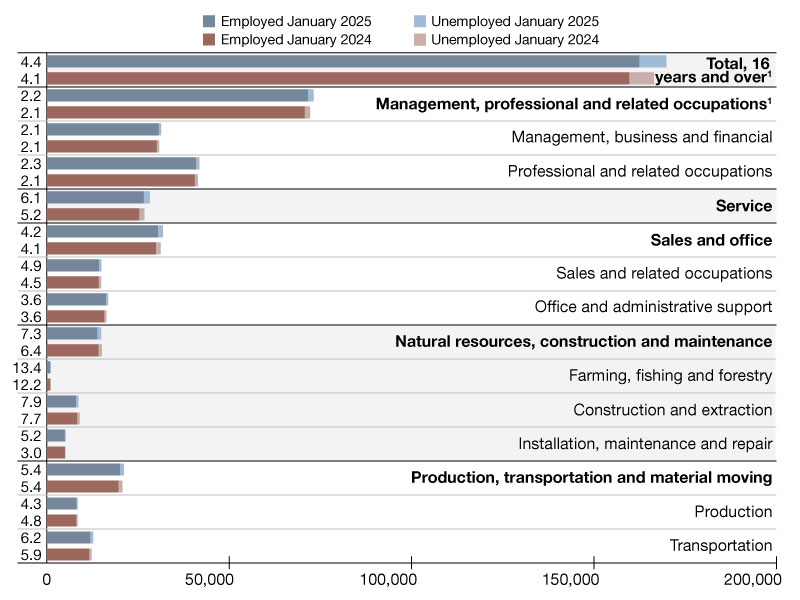
You must be logged in to post a comment.